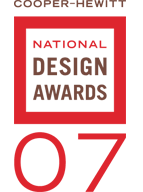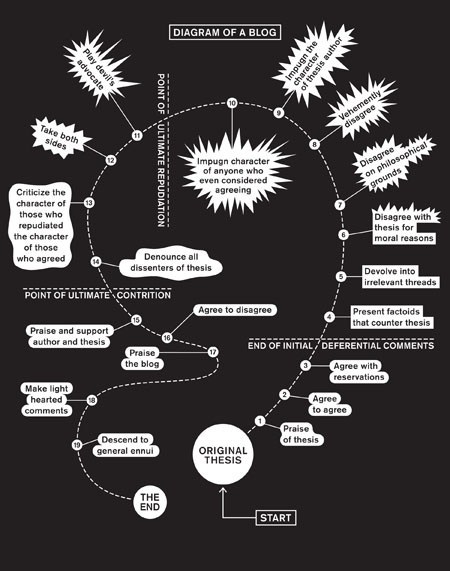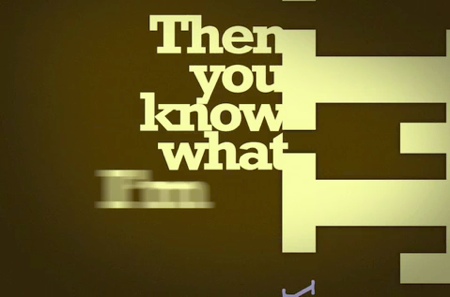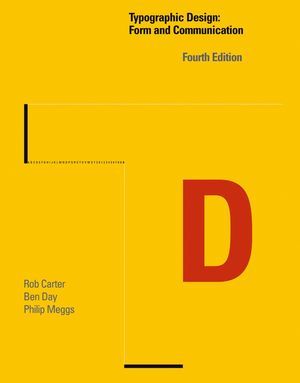A new film about urban design from the director of Helvetica and Objectified. Having recently joined the cult of Jane Jacobs (after reading her seminal work), I can’t wait to see this.
Urbanized
Additional resources
- Non Gamstop Casino
- Casino Senza Autoesclusione
- Casino Non Aams
- Non Gamstop Casino
- Casino Not On Gamstop
- Casino Not On Gamstop
- Siti Casinò
- Non Gamstop Casinos UK
- UK Gambling Sites Not On Gamstop
- UK Casino Not On Gamstop
- UK Casino Not On Gamstop
- Non Gamstop Casinos
- Non Gamstop Casino UK
- Casino Sites UK
- Non Gamstop Casinos UK
- Gambling Sites Not On Gamstop
- Slots Not On Gamstop
- Non Gamstop Casinos
- UK Casino Sites Not On Gamstop
- Slots Not On Gamstop
- New Horse Racing Betting Sites
- Casino Sites In UK
- Lista Casino Non Aams
- UK Online Casinos Not On Gamstop
- Siti Casino
- Meilleur Casino En Ligne Belgique
- Bookmaker Italia
- Casino En Ligne Fiable
- Sweet Bonanza Contest Avis
- オンライン カジノ ブック メーカー

 The Smithsonian’s
The Smithsonian’s 



